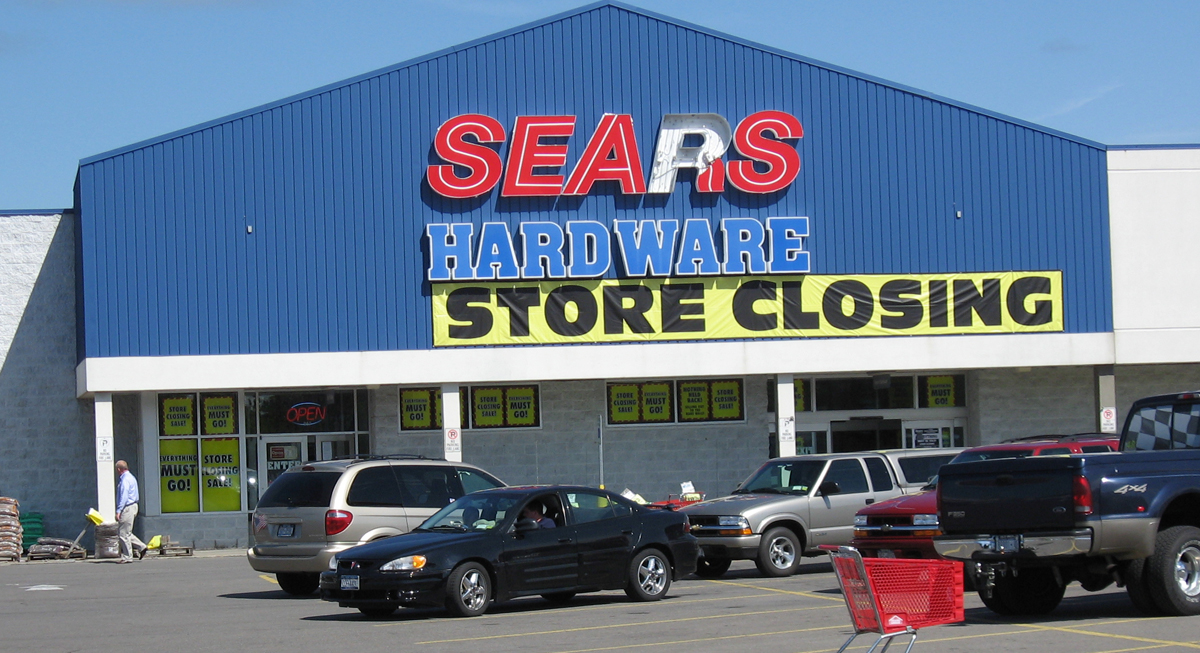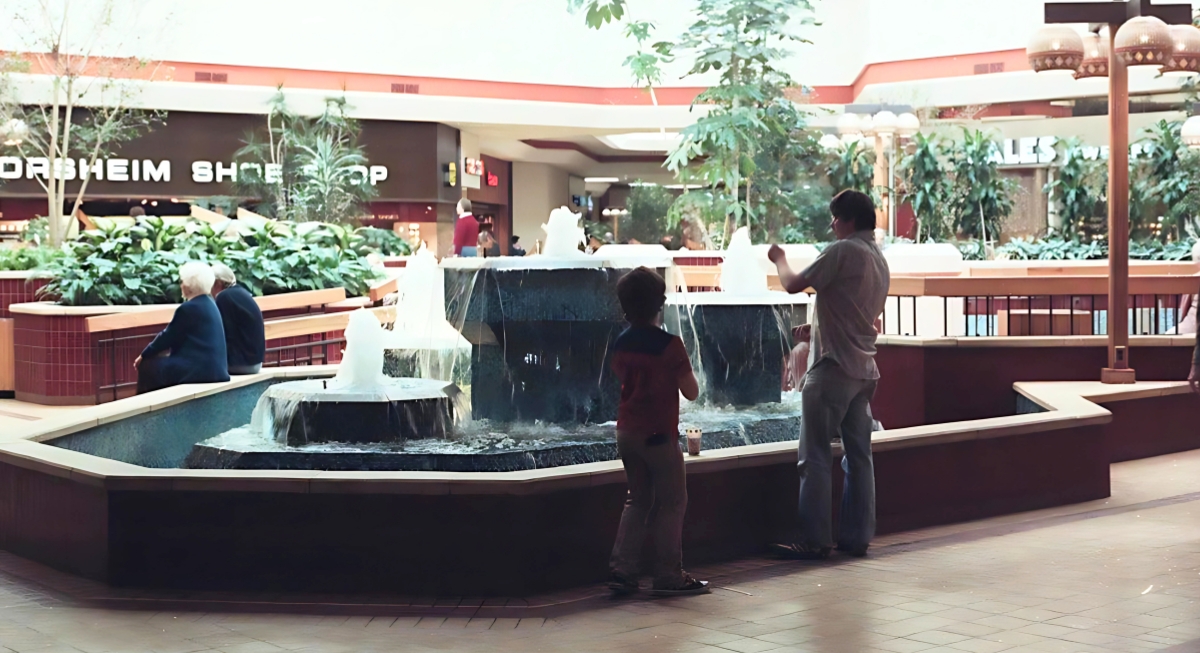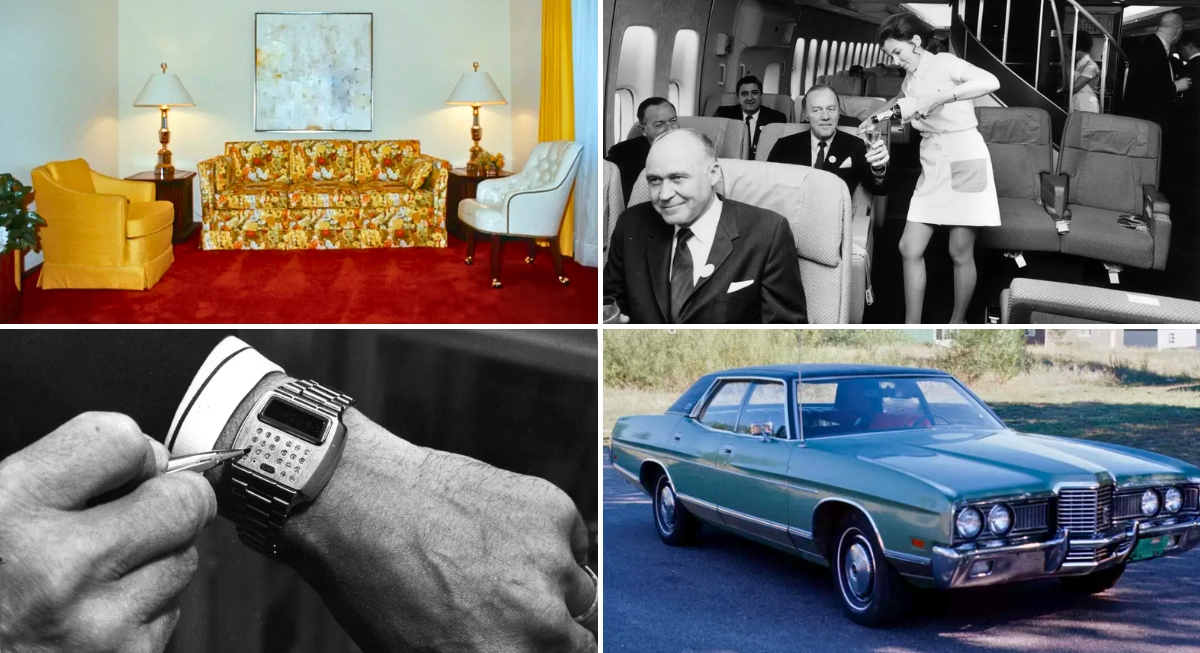Sears didn’t just sell washing machines and Craftsman tools—it built the way America shopped, then slowly dismantled it. Its story is loaded with business plays that today’s brands should either borrow or avoid entirely. Here’s what that retail rollercoaster can teach us.
Reaching Rural America Was Sears’ First Smart Move
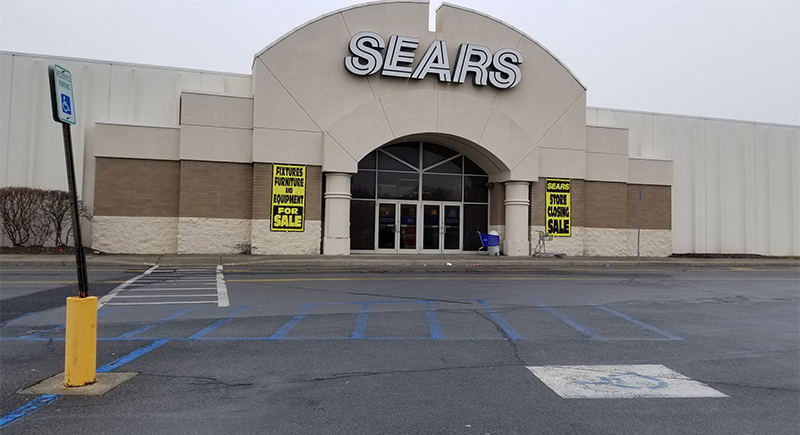
Credit: Wikimedia Commons
Sears didn’t start by planting stores in cities—it shipped products to farmers. Using railroads, smart catalog design, and the government’s Rural Free Delivery program, Sears got goods into the hands of customers that no one else reached. It understood infrastructure before it was cool, and let logistics fuel its rise.
Early E-Commerce Isn’t Enough Without Follow-Through

Credit: Getty Images
Their catalog taught shoppers how to order by mail, made pricing transparent, and used easy language that built trust. At its peak, it sold everything from baby buggies to entire houses. The store made home shopping feel personal long before it meant scrolling on a screen.
Basic Goods Built the Brand—But Didn’t Future-Proof It

Credit: flickr
Fashion wasn’t Sears’ thing—and that was the point. Its shelves were full of basics: underwear, towels, and work boots. That thrift-forward approach worked during the Great Depression and other world crises.
Location Strategy Worked—Until It Didn’t Change
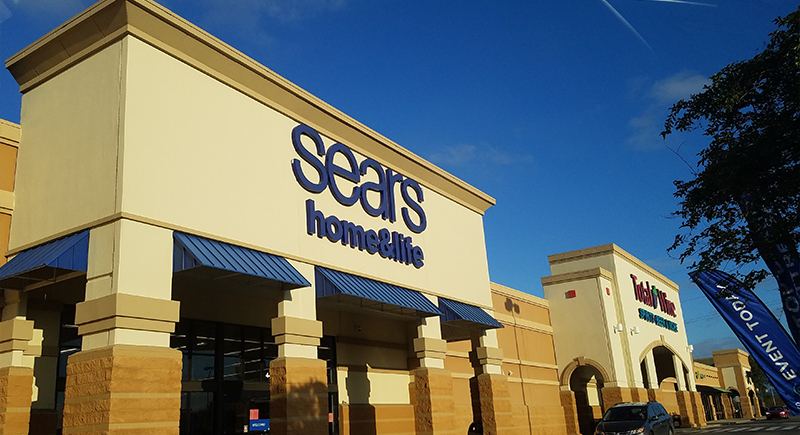
Credit: Wikimedia Commons
Sears’ leap from mail-order to department stores was all about location. Its first storefront opened in Chicago in 1925, but its growth targeted underserved suburbs. Rather than battle big names downtown, it grew outward by riding the wave of suburbanization with practical store placements, not flashy launches.
Diversifying Isn’t Always the Right Move

Credit: flickr
In 1973, Sears built the tallest building in the world, but that architectural flex didn’t translate into a smarter strategy. Around that time, its leadership started drifting by buying real estate firms and financial services instead of doubling down on retail. Diversifying was trendy, but it weakened its core.
Falling Behind Online Was a Preventable Mistake

Credit: pexels
For a company that once nailed mail-order logistics, Sears dropped the ball hard on e-commerce. When Amazon started clicking, Sears’ digital play was clunky and outdated. It tried to retrofit its catalog model to the web but never built the tech muscle to compete, even as retail went digital.
Letting Customer Service Slide

Credit: Canva
Remember the cluttered aisles, long checkout lines, and undertrained staff? They replaced the brand loyalty built in earlier decades. Meanwhile, rivals like Target and Amazon made shopping smooth and fast. Sears let the basics slip, and shoppers noticed.
It Couldn’t Decide What It Wanted to Be
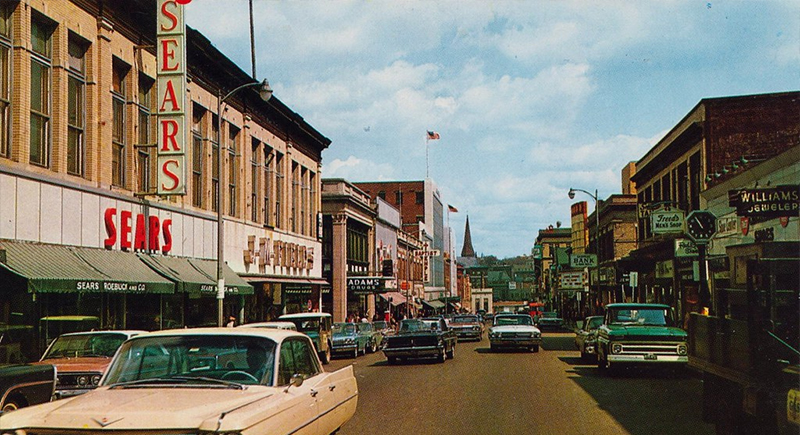
Credit: flickr
For a while, Sears was a bank, a real estate firm, a retail store, and a credit card company—often at once. It leaned on its Discover card to make profits, drifting from selling things to financing them. That identity crisis diluted its value and confused everyone, customers included.
Bureaucracy Blocked the Fresh Ideas

Credit: Getty Images
Sears built layers of management that made innovation slow. Younger companies like Walmart skipped the bureaucracy and moved fast. When speed became essential, like during the rise of e-commerce, every idea was still passed on through committees.
Merging With Kmart Didn’t Solve Anything
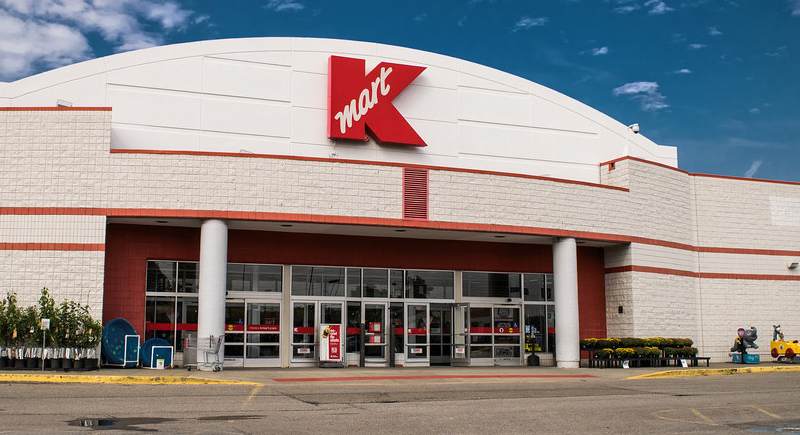
Credit: flickr
In 2005, Sears merged with Kmart, another struggling retailer. The plan was to create a stronger business by joining forces, but instead, the merger amplified their problems. Rather than helping each other recover, the two faltering brands simply combined their weaknesses.
Loyalty Programs Need More Than Coupons

Credit: pexels
By the time Sears introduced its “Shop Your Way” rewards, Amazon had already trained people to expect free shipping, fast returns, and slick memberships. The program felt more like a coupon bin than a loyalty ecosystem.
Store Closures Came Too Late and Too Fast
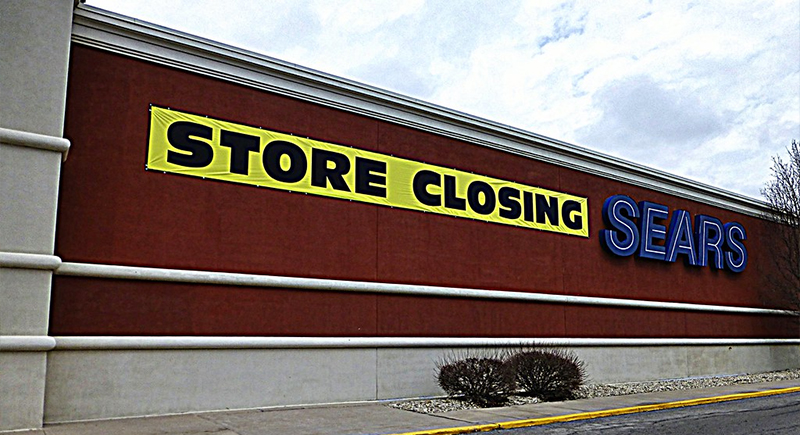
Credit: flickr
Instead of slowly pruning underperformers, Sears waited and then hacked away at hundreds of locations. Some closures made sense, but the pace and scale shocked shoppers. Trust eroded quickly, and communities that once relied on physical stores moved on for good.
Ignoring Social Responsibility

Credit: Getty Images
Sears struggled with gender equity—something it never fully addressed. It faced boycotts in the ’30s and a major issue later on. This damaged its brand reputation during a time when shoppers began to expect more from the companies they supported.
Looking Backward Didn’t Inspire Buyers
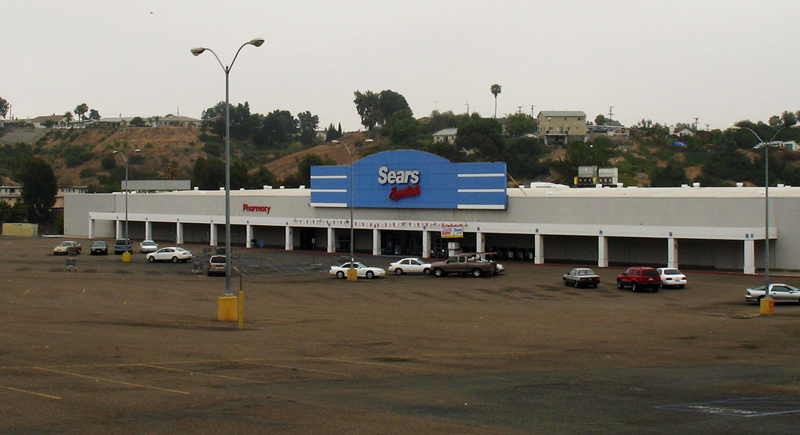
Credit: Wikimedia Commons
Instead of reimagining its strengths for modern shoppers, Sears tried to recapture its past. It leaned on the catalog’s legacy but didn’t evolve its look, tech, or tone. Nostalgia didn’t convert into sales, and without reinvention, it lost both relevance and revenue.
Big Buildings Don’t Mean Big Ideas
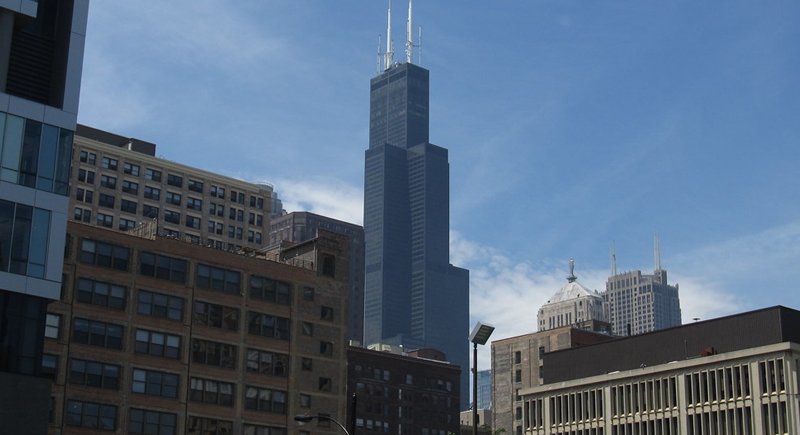
Credit: flickr
Sears once stood tall—literally—with the Sears Tower and sprawling stores across the country. But size without strategy just means overhead. The company grew in square footage while shrinking in innovation. By the end, its physical presence felt like a reminder of what wasn’t working anymore.

